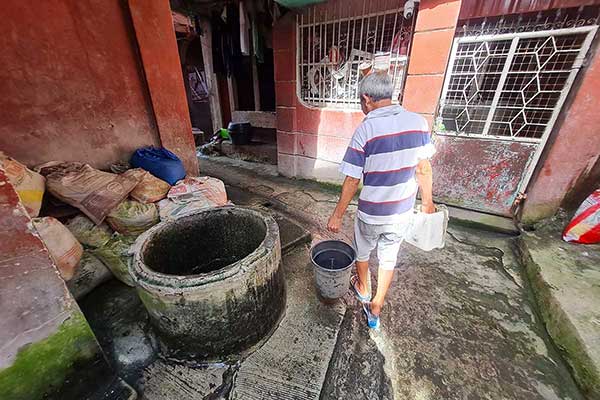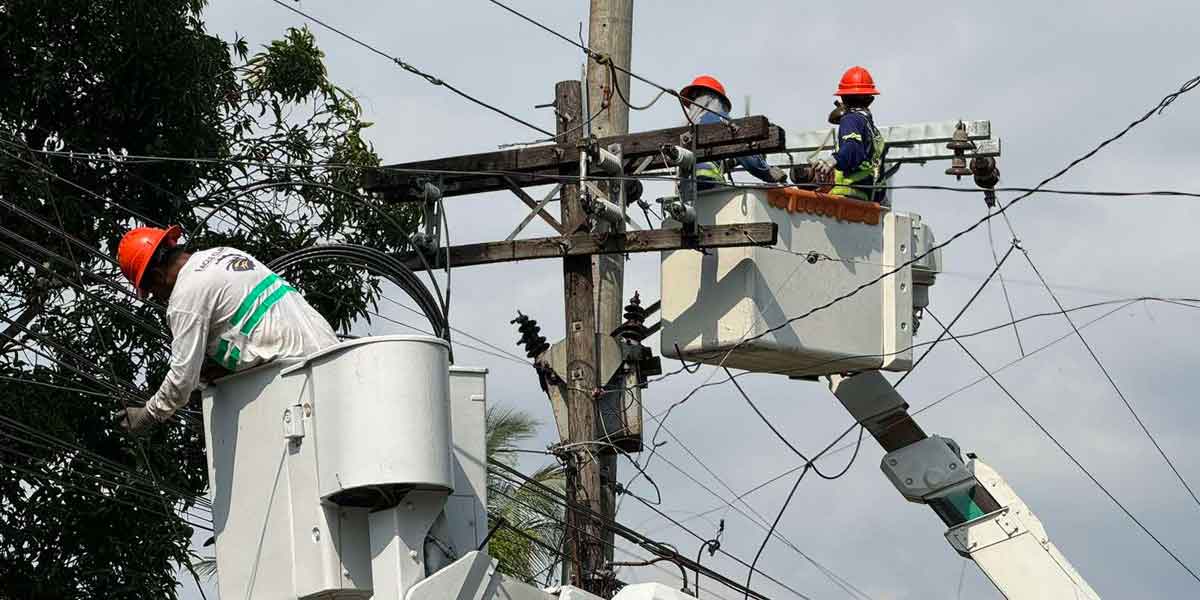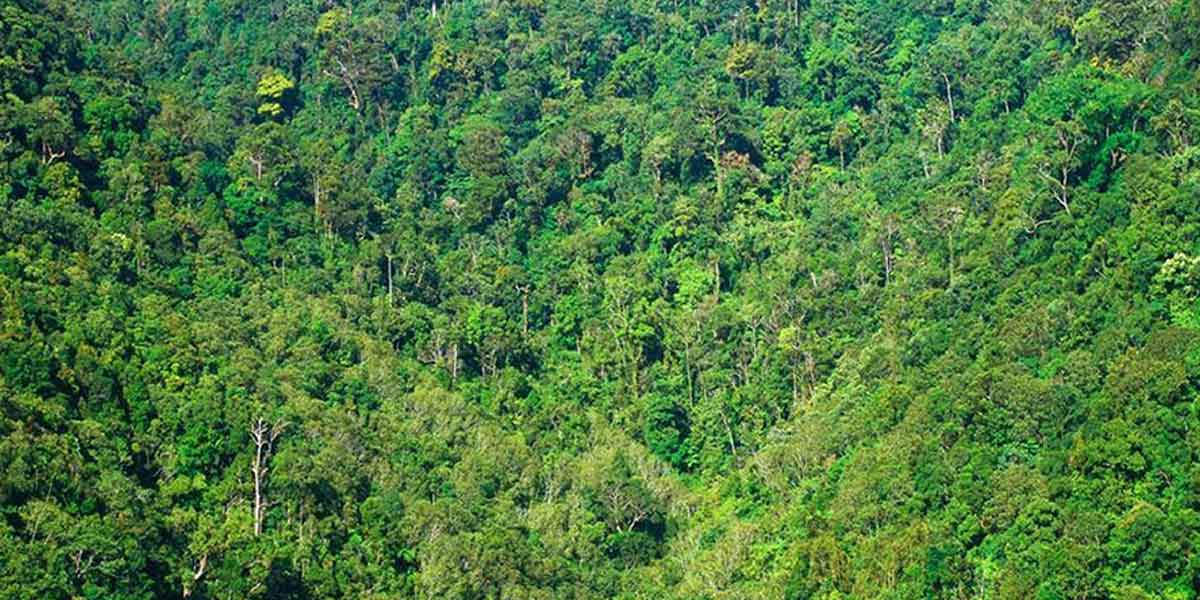
By Joseph Bernard A. Marzan
The Regional Director of the Office of Civil Defense (OCD)-Region 6 and chairperson of the Regional Disaster Risk Reduction and Management Council (RDRRMC), said on Tuesday, May 7, that regional line agencies are intensifying efforts to find more water sources to meet public needs as the El Niño phenomenon continues to impact water supply in parts of the region.
Raul Fernandez told Daily Guardian that water scarcity remains the prevalent concern at this time.
In response, local offices of the Bureau of Fire Protection, local government units, and the Department of Agriculture (DA) have deployed water tankers and pumps to communities in need.
Despite these efforts, Fernandez noted that many affected localities are still in urgent need of additional water sources, with a particular demand for water tankers to transport water.
“So far, we still need resources to respond to our needs, especially water tankers that would transfer water. We also still need to source out water, especially groundwater,” he said during a phone interview.
He added that results are still pending from the ongoing geo-resistivity survey conducted by the Mines and Geosciences Bureau (MGB).
This survey, defined by the DA’s Bureau of Soils and Water Management, is a method used to determine the varying resistivity values of the subsurface to confirm the presence of groundwater.
“We are still hoping that they could provide that to us [soon], or it could be provided to LGUs. It was a bit delayed because when they did that previously, it was before El Niño. They do it continuously depending on the situation. As of now, they have to do that on our current situation. The issue there was a delay in releasing the funds,” Fernandez explained.
Furthermore, Fernandez said that a meeting of the council’s water security cluster, led by the Department of Environment and Natural Resources, would be convened to further address the region’s water needs.
“What we need to do is to be able to identify other sources of water, which right now, we haven’t been able to do. So we have to schedule another meeting with the water security sector,” he remarked.
According to RDRRMC Situational Report No. 27, as of 9:00 p.m. on May 6, more than 1.1 million people across 2,238 barangays in the region have been affected by the El Niño phenomenon.
Additionally, the report noted P1.49 billion in agricultural damage affecting 37,223 farmers and fisherfolk in the region.



















